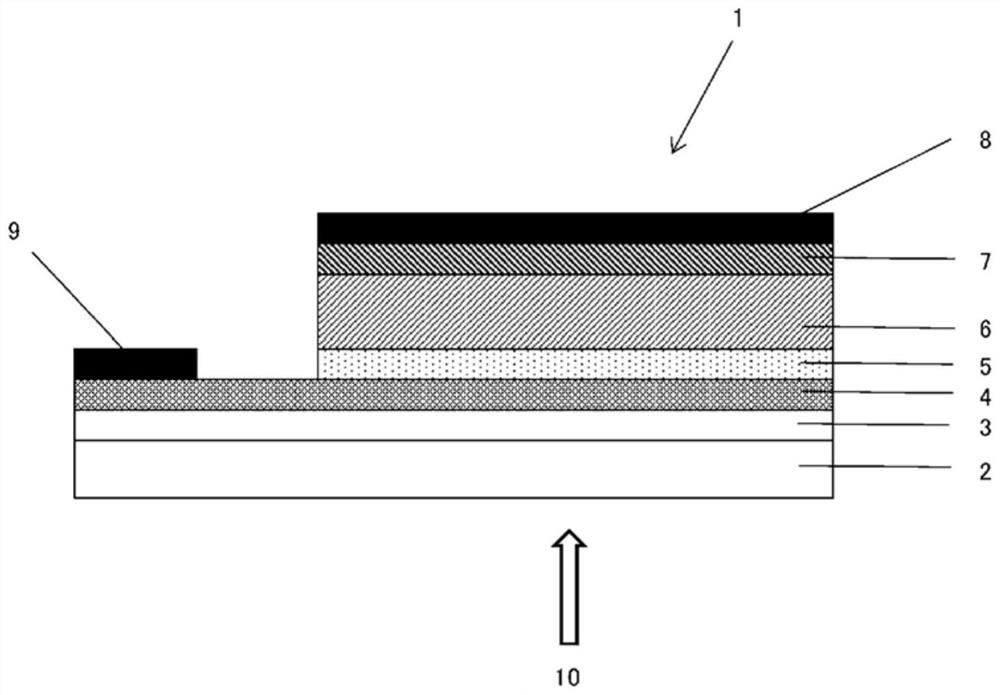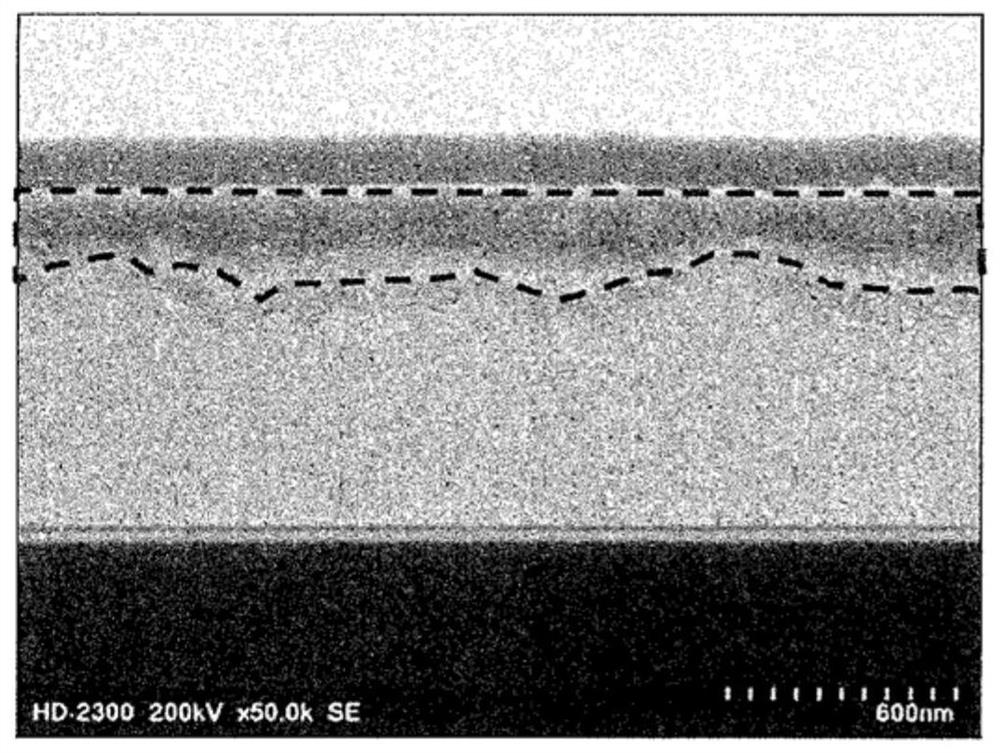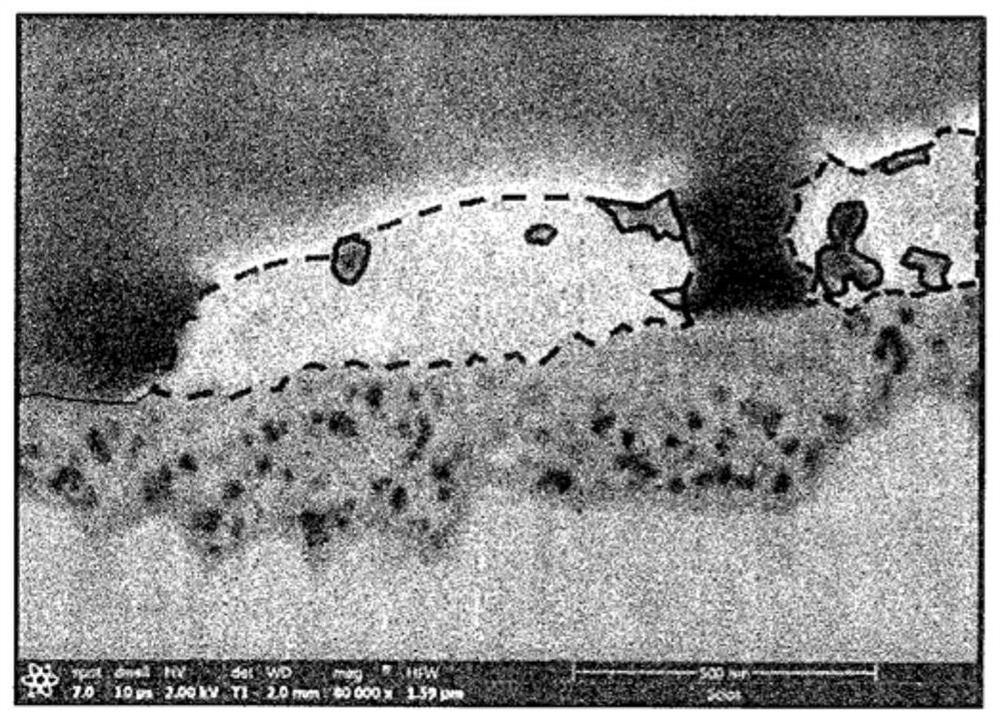Light-absorbing layer, method for producing same, dispersion liquid, photoelectric conversion element, and solar cell
A light-absorbing layer and manufacturing method technology, which is applied in the field of solar cells, can solve the problems of reduced coverage of the light-absorbing layer and decreased quantum yield, and achieve excellent photoelectric conversion efficiency
- Summary
- Abstract
- Description
- Claims
- Application Information
AI Technical Summary
Problems solved by technology
Method used
Image
Examples
preparation example Construction
[0095] The preparation method of the above-mentioned dispersion liquid is not particularly limited, but the mixing temperature is preferably 0°C or higher, more preferably 10°C or higher, and still more preferably 0°C or higher from the viewpoints of ease of production, cost, storage stability of the dispersion, improvement in photoelectric conversion efficiency, and the like. 20°C or higher, preferably 50°C or lower, more preferably 40°C or lower, and still more preferably 30°C or lower. In addition, from the same viewpoint, the mixing time is preferably more than 0 hour, more preferably 0.1 hour or more, preferably 72 hours or less, more preferably 24 hours or less, and still more preferably 1 hour or less.
[0096] The above-mentioned dispersion liquid is preferably a dispersion liquid after filtration to remove coarse particles, and the filter pore size during filtration is preferably 0.1 μm or more from the viewpoints of ease of manufacture, cost, storage stability of the ...
Embodiment 1
[0205]
[0206] 0.20 g of the solid oleic acid-coordinated PbS quantum dots was dispersed in 2 mL of toluene (dehydrated, manufactured by Fujifilm Wako Pure Chemical Industries, Ltd.) to obtain a black transparent dispersion. On the other hand, 3-aminopropionic acid hydroiodide (0.072 g, manufactured by Tokyo Chemical Industry Co., Ltd.) was dissolved in 0.5 mL of DMF (dehydrated, manufactured by Fujifilm Wako Pure Chemical Industries, Ltd.) and toluene (dehydrated, manufactured by Fujifilm Wako Pure Chemical Industries, Ltd.) Pure chemical Co., Ltd. product) 1 mL of amino acid salt solution (3-aminopropionic acid hydroiodide / oleic acid molar ratio = 2) was obtained. The above amino acid salt solution was added dropwise to the PbS quantum dots at a rate of 1 drop / 10 seconds (dropping time was 11 minutes) at room temperature (25°C), in a nitrogen atmosphere (in the glove box), without stirring. dispersion, and then left to stand for 18 hours. Further, 5 mL of methanol was ...
Embodiment 2
[0224] In Example 1, except that 4-aminobutyric acid hydriodate (0.077 g, manufactured by Tokyo Chemical Industry Co., Ltd.) was used instead of 3-aminopropionic acid hydriodate, it was carried out in the same manner as in Example 1 to form a light Absorber layer and make battery.
PUM
| Property | Measurement | Unit |
|---|---|---|
| Band gap energy | aaaaa | aaaaa |
| Band gap energy | aaaaa | aaaaa |
| Bandgap | aaaaa | aaaaa |
Abstract
Description
Claims
Application Information
 Login to View More
Login to View More - R&D
- Intellectual Property
- Life Sciences
- Materials
- Tech Scout
- Unparalleled Data Quality
- Higher Quality Content
- 60% Fewer Hallucinations
Browse by: Latest US Patents, China's latest patents, Technical Efficacy Thesaurus, Application Domain, Technology Topic, Popular Technical Reports.
© 2025 PatSnap. All rights reserved.Legal|Privacy policy|Modern Slavery Act Transparency Statement|Sitemap|About US| Contact US: help@patsnap.com



